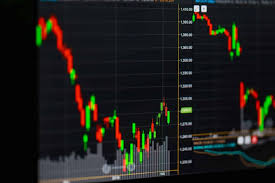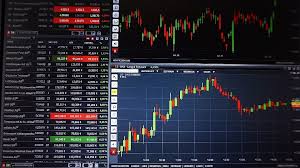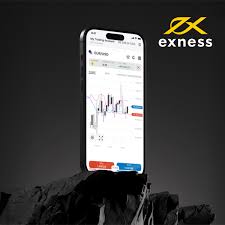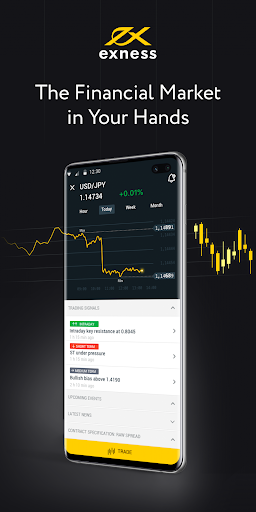
When it comes to navigating the complex world of currency trading, having access to reliable forex trading signal Forex Vietnam trading signals can be the cornerstone of achieving success. In this guide, we will explore various types of forex trading signals, how they can help you make informed decisions, and the strategies you can apply to maximize your trading efficiency.
Understanding Forex Trading Signals
Forex trading signals are essentially suggestions or recommendations that help traders make decisions on buying or selling currency pairs. These signals can be generated by professional analysts, automated trading systems, or trading platforms, providing insights into potential market movements. By following these signals, traders can potentially increase their profitability and reduce risks.
Types of Forex Trading Signals
There are several types of trading signals available in the forex market, each with different methods of signal production. The main categories include:
1. Technical Analysis Signals
Technical analysis signals are derived from the study of historical price data and market trends. Traders use various indicators, such as moving averages, Relative Strength Index (RSI), or Fibonacci retracements, to create signals that predict future price movements. For instance, if the price of a currency pair crosses above a moving average, this could signal a potential buy opportunity.
2. Fundamental Analysis Signals
Fundamental analysis takes into account macroeconomic factors, such as interest rates, employment data, and geopolitical issues. Signals based on fundamental analysis suggest trading decisions based on upcoming economic reports or news events. For example, if a country’s employment report indicates a strong job growth, it could lead to a buy signal for that country’s currency.
3. Automated Trading Signals
Automated trading systems, also known as algorithmic trading, can generate signals based on pre-set criteria without human intervention. These systems are programmed to analyze market conditions and execute trades automatically. For traders who prefer a hands-off approach, this method can be particularly beneficial.
How to Use Forex Trading Signals Effectively
Using trading signals effectively requires a combination of understanding, strategy, and discipline. Here are some tips to help you effectively utilize forex trading signals:
1. Verify the Source
Before acting on any signal, it’s crucial to verify its source. Rely on reputable providers with a proven track record. Many forex signal services offer a trial period, allowing traders to assess the quality and accuracy of the signals.
2. Combine Signals with Personal Analysis
While trading signals can provide valuable insights, it’s essential to conduct your own analysis. Use signals as a part of your overall trading strategy, incorporating your own research, market conditions, and risk management practices.
3. Practice Risk Management
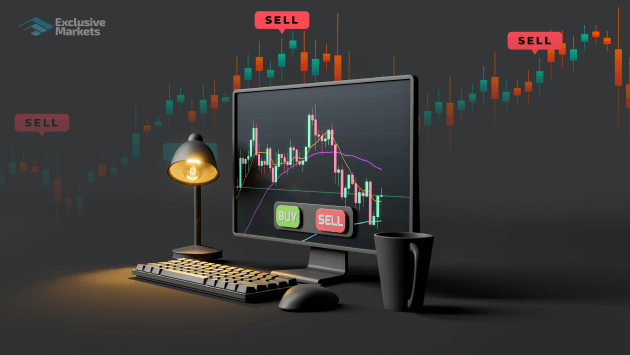
Regardless of the quality of the signals you receive, sound risk management should always be a priority. Set stop-loss orders to protect your capital and avoid over-leveraging. The goal is to improve your risk-to-reward ratio, ensuring that the potential gain justifies the risk taken.
The Benefits of Using Forex Trading Signals
The primary advantage of using forex trading signals is the potential to enhance your trading performance. Here are some key benefits:
1. Time-Saving
Monitoring the forex market can be time-consuming. Trading signals allow traders to save time by providing actionable recommendations without the need for extensive market research.
2. Access to Expertise
Many signal providers employ experienced analysts who have a deep understanding of the forex markets. By utilizing their expertise, traders can gain insights they might not have access to on their own.
3. Improved Decision-Making
Forex trading signals help traders make informed decisions. This can be particularly useful for novice traders who might struggle with understanding market movements and trends.
Challenges and Considerations
While forex trading signals can be beneficial, there are also challenges to consider:
1. Not All Signals are Accurate
It’s essential to recognize that not all signals are guaranteed to be correct. The forex market is highly volatile, and even the best analysts can misjudge market conditions.
2. Dependence on Signals
Relying solely on trading signals can hinder a trader’s development. It’s crucial to develop your analytical skills to enhance your trading knowledge and confidence.
3. Costs Involved
Some forex signal services may charge a fee, which can be a consideration for new traders. Assess the potential returns compared to the costs before committing to a paid service.
Conclusion
Forex trading signals can be a powerful tool in a trader’s arsenal, offering insights and recommendations that can lead to successful trades. By understanding the different types of signals, utilizing them effectively with proper analysis and risk management, and staying informed about market conditions, traders can enhance their chances of success. Ultimately, the key to thriving in the forex market lies in a balanced approach, leveraging both signals and personal judgment to navigate this dynamic environment.

